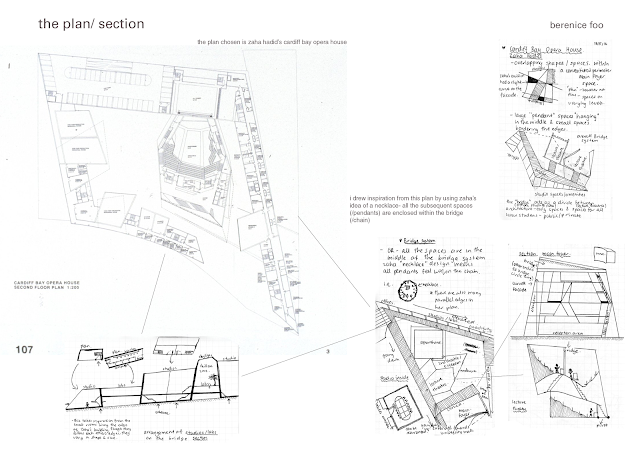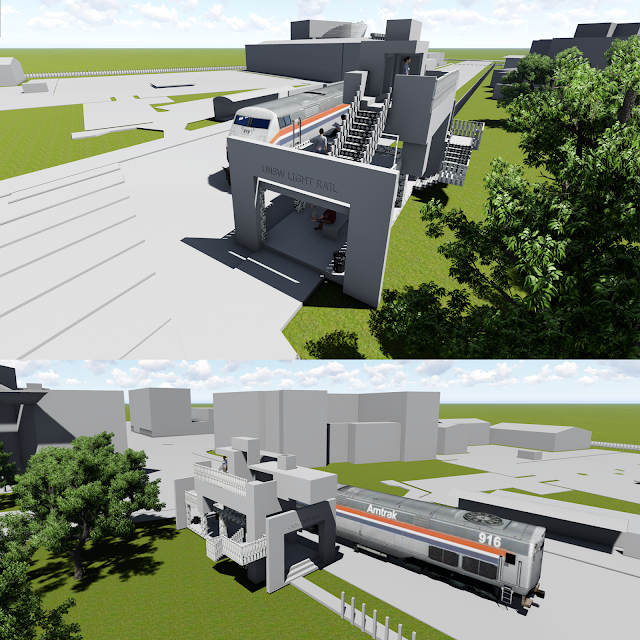Continued movement allows potential for change in both appearance and function.
(an Electroliquid Aggregration of "An Appearance Influenced by Activity" + "Architecture is not static. It keeps evolving.")
Clients: Richard
Leplastrier, Jørn
Utzon
Theme: Sustainability
Lumion Images
"Orientation"
Placed on the path parallel to the street, the open layout of the rail stop retains an uninterrupted flow of movement. This allows the structure to blend into the urban fabric, doubling in function as both a passageway and transport hub.
"Position"
Adjacent to University Mall, the main entrance to the campus, and in close proximity to the bus stops, passengers can easily access the rail stop. An open light right platform allows for possible entry points on three sides.
"Shade"
The platform is composed of adjacent cubes with open faces, allowing daylight to filter through all sides. The ceiling is covered to partially shade from rain, however it is half raised to heighten the waiting area.
"Change"
Repetitive elements such as the railing and open cube spaces
creates potential for expansion if necessary, into the open grass area surrounding
the rail stop. These components are not inert- rather they have the potential for reuse, recycling and replacement.
"Rest"
The top structure provides an opportunity for rest in a building of otherwise constant movement. The side overlooking the street could possibly be
a waiting point for friends. The other side is more secluded and has flexibility in its use, perhaps for a café, for study, or for dance.
Link to Lumion Files
"https://drive.google.com/open?id=0BxWxz42XkMRpRmlBeF9fN29hZkU"
Sketchup File
"https://3dwarehouse.sketchup.com/model.html?id=997f0cc8-d7a4-40f0-b641-bb81f0c232fa"
Textures Used in Model
"Light"
I used a light texture on the railings to emphasise its repetitive, and thus replaceable, nature. This reinforces the idea that they could be reused or moved around if the rail stop is extended in a particular way.
"Medium"
I used a medium texture on the open cube structures to reinforce the possibility of extension, and its open layout. Though it does not have the same flexibility as the railing components, this potential for change expresses its permeability.
"Dark"
I used a dark texture on the stairs as they are a link between the constantly changing lower level and the calmer upper level. The link between these two levels is nevertheless permanent.
Links to previous weekly tasks
Draft 1: Axonometric in Sketchup and Lumion
3 Combined Axonometrics
Draft 2: Combined Axonometric in Sketchup and Lumion
36 Textures: From Light to Dark










































